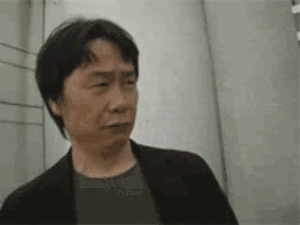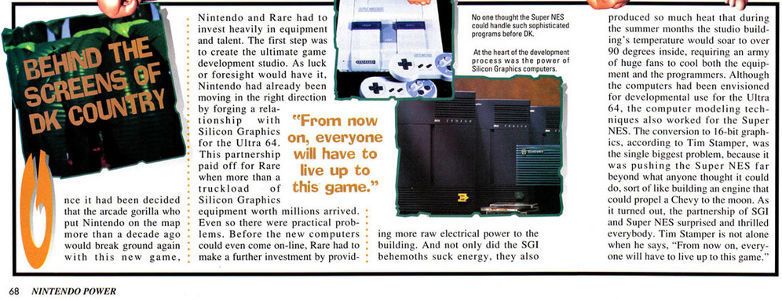Hamister said:
The technology behind the Virtual Boy wasn't bad in itself. It was the way Nintendo executed it that made it fail. Nintendo made several mistakes that doomed the system even before its launch.
1. THE NAME VIRTUAL BOY
Having the word "Virtual" in its name created expectations that the system's technology never had the chance to live up to. A more suitable name would have included "3D" or "Hologram" instead of "Virtual".
|
I agree with most of what you said except for point number 1.
I think the name Virtual Boy is a really good marketing name.
You can tell that it's a Nintendo product because it uses the "Boy" moniker popularized by the Game Boy.
The word Virtual is used to tell you that it can give a physical sense to an image that is not through the illusion of depth, basically 3D.
And most the ads for the Virtual Boy had the words 3D in them.
Virtual is broadly defined and though the word gets the imagination going that's exactly what makes good marketing.
















































